PLAYISM and indie developer Nusso released Fight Crab 2 in Early Access on Steam on February 13. We interviewed the developer, who happens to have a history of working at Sega’s Ryu Ga Gotoku studio, as well as an extensive knowledge of crustaceans.
*Disclosure: The publisher PLAYISM is part of Active Gaming Media, which is also the owner of this website.
Fight Crab 2 is a crab action fighting game set in an alternate world where “Fight Club,” a fighting competition between giant crustaceans, is the premier form of entertainment. The player controls a crab – an immortal gladiator and the ultimate wrestler. In Fight Club, you win by knockout, i.e., by flipping over the opponent’s crab and getting a three-count. You can fight by making full use of various weapons, spells, and skills, customizing your crab as you play.
The game’s predecessor, Fight Crab, was released in 2020 and garnered a lot of attention for its quirky setting and gameplay. It’s a bit hard to imagine how the sequel develops upon where the original Fight Crab left off, so we decided to have a chat with Nusso to get the lowdown.
──To start things off, please introduce yourself.
Nusso:
Hi, I’m Nusso, a Japanese indie game developer. I’ve been developing 3D action games centered around “marine products” for over 10 years. I have experience as a programmer for both indie games sold at the Comiket and for big-name game companies.
──How would you describe Fight Crab 2?
Nusso:
When a human pilots a giant crab – the ultimate warrior is born. As the player, you, the crustacean knight, have 30 species of physically simulated crabs to control and 90 types of weapons and spells to master. In the game’s Career Mode, you raise your crab for 3 years while going up against various rivals, developing your fighting style and aiming to win the Crab League. Then, you can take the Crab you’ve raised into online PvP and co-op battles, fighting against other crabs from all over the world. Fight Crab 2 also allows room matches for up to 5 players, making it a good option for a party game among friends.
──Your introduction is almost as quirky as the game itself (laughs). The first installment generated quite a buzz, if I recall correctly. What do you think attracted players to it?
Nusso:
First of all, it’s the visual impact of a crab fight. I worked hard on the trailer and included shots featuring a variety of moves, which I think contributed to the positive reception. My goal was to bring attention to the degree of freedom you have in terms of movement, but a lot of people seemed to assume that the actions they saw would be easy to execute.
There is a trade-off between things “being easy” and “having a high degree of freedom,” so actually, pulling these things off in-game is kind of difficult. I think this led to the game being loved all the more among those who were able to overcome the trickiness, but at the same time, the game lacked a mechanism that would “look after” players and help a greater number of them get past the difficulty level. I think this is what may have prevented Fight Crab from growing further.
──So, even though you achieved significant popularity, you kept working on making things even better. In terms of genre, I think Fight Crab can’t really be described as anything other than Fight Crab, but, if you were forced to put Fight Crab 2 under an existing genre, what would it be?
Nusso:
Actually, I have a feeling that the PS2 title Robot Alchemic Drive and the Nintendo DS game Chōsōjū Mecha MG, both made by Sandlot, may be its distant ancestors. Those games are described as “robot piloting action/fighting games,” so I guess Fight Crab could be described as a “piloting action game,” or more precisely, a “crab piloting action game.” This is especially true of the sequel, in which the human can mount and dismount the crab at will. I would also like to mention that I was influenced by Soulsborne titles and the roguelike genre.
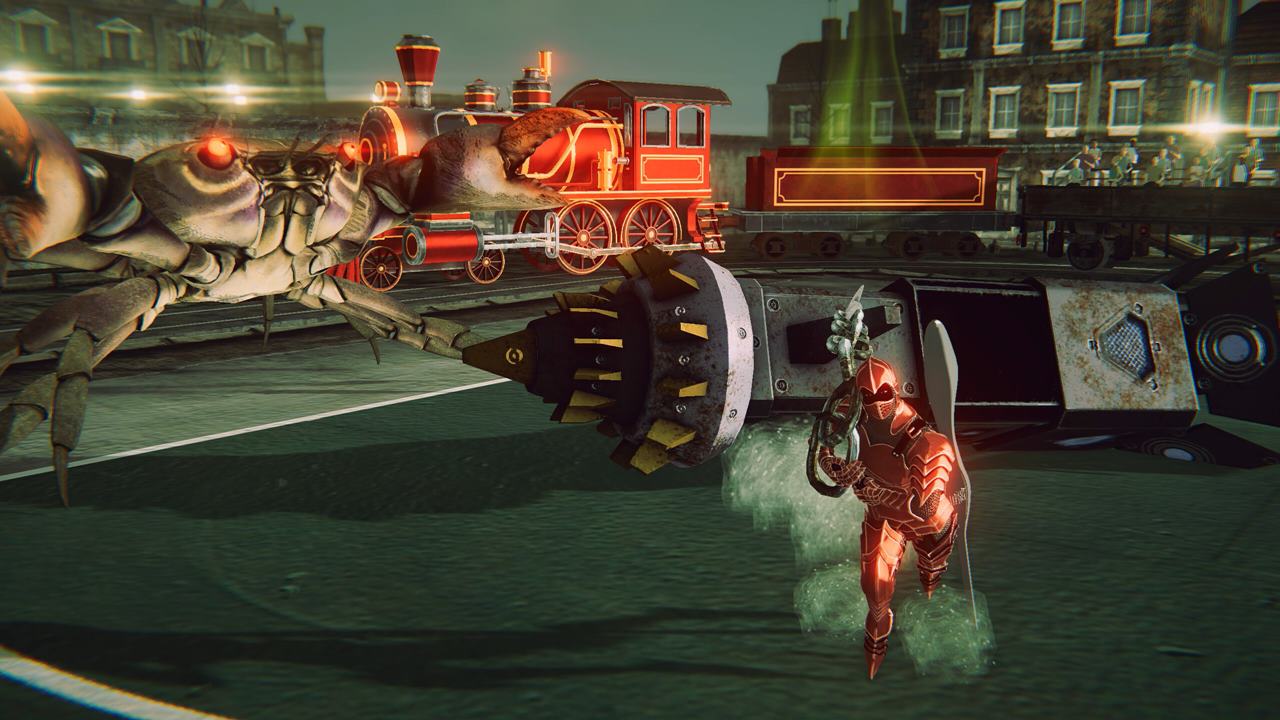
──“Crab piloting action game” really does describe the game well. Fight Crab had high impact value as a game, and I think that making a sequel for a high-impact game tends to create some pressure. Did you struggle with this?
Nusso:
I had created the first title without a clear image of what kind of game I would end up with, so looking back, there were many things about it that I wanted to fix. However, I didn’t want to break the balance and unique competitive nature that had already been established in the game, which left me with only one choice – a sequel.
Rather than pressure, I feel a kind of “cockiness” about being able to make an even better game. I think the only way to make an impact now is to raise the overall quality and show off the game’s new features and mechanics. It is now possible to grow wings, put people on them, blow people away, roll panjandrums and more. I think action movies are always trying to figure out new ways to make humans perform high-impact stunts, and I’m doing the same with my crabs. For example, I stumbled upon a video of a Chinese martial art that uses spears, and was so impressed that I decided to add the techniques to Fight Crab 2. I plan to continue drawing inspiration from real life to build up the game.
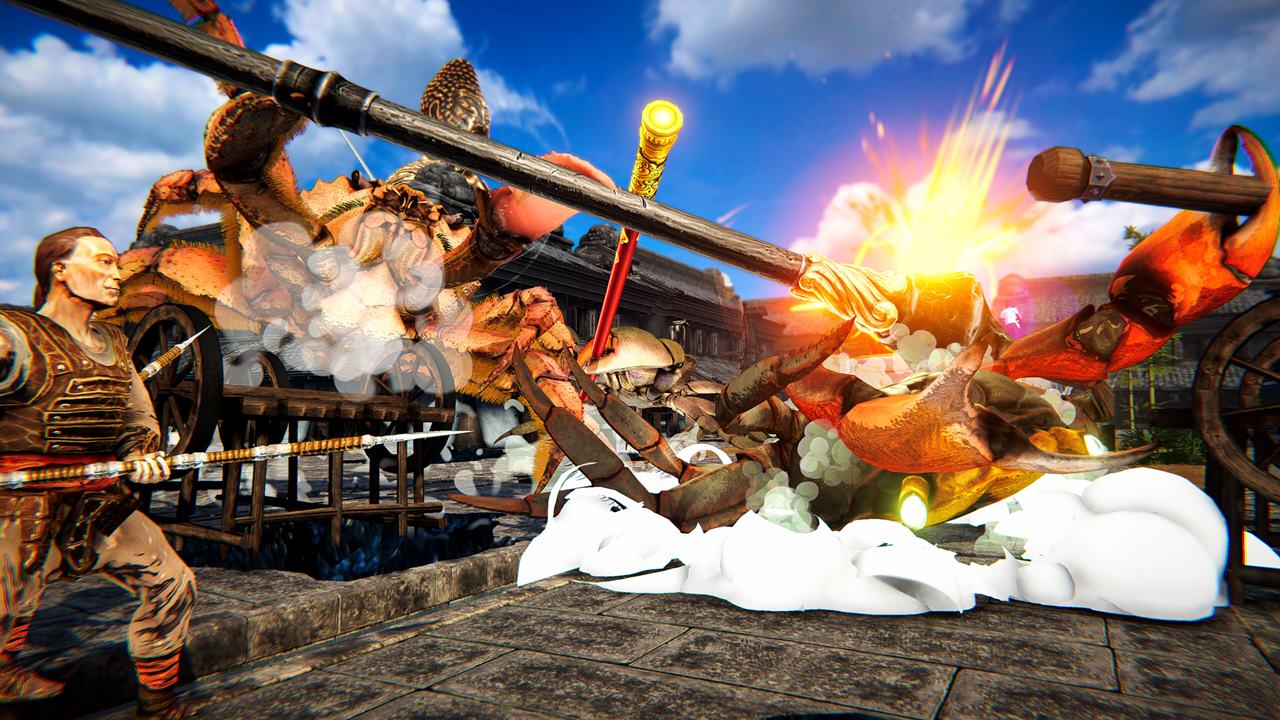
──I’m sure there are some players who are still wondering how exactly Fight Crab 2 differs from its predecessor. How would you describe the core differences?
Nusso:
The first game was like a simple formulation of a concept, while the sequel aims to be more of a complete, modern game. First of all, the controls were too specific, so I’ve implemented modern controls with optimized controller support. I almost completely redesigned the UI, improving the guide to make it more intuitive. Improvements were also made to network functionality to optimize the game for both random matches and room matches.
I know that it’s tough to keep losing in online battles while you’re trying to improve. Therefore, I have programmed the techniques used by players of the first game into the enemies in the solo mode, so that you can feel like you are in a PvP battle even when playing single player. As for those who are not interested in this way of playing, there is also a mode in which you defeat enemies one after another while competing for time and score.
The sequel is also balanced by the introduction of a cost system, which makes even the weakest weapons usable, and thanks to VRM support, players can enjoy using their own avatars as well as the crabs. The list goes on – since I have no intention of releasing a “Part 3,” I want to implement all the ideas I have in mind for the Fight Crab system. If the previous game required humans to actively become crabs, then this game aims to carcinize humans, turning them into crab experts before they know it.
─Okay. I think I get it. Kind of. What is it that only Fight Crab 2 can provide in terms of gameplay experience?
Nusso:
While it’s a crab that you control, the game is also a simulator for all kinds of weapons, machinery, and magic. For example, it is quite fun to ignore everything else and fight with only a sword and shield, as if you were in a historical drama, but then there are also players whose raison d’être is to attach jet engines to their crab’s claws and fly them about.
Fight Crab 2 also allows you to use “spells” to breathe fire and set traps, so it’s basically a game in which anyone can find their favorite playstyle. Recently, someone discovered that if you put a Japanese spider crab on a tricycle and give it a barbell, it makes for a super strong combination. This is something I could not have predicted. I think Fight Crab 2 is unique in that it lets you experiment with such inexplicable things and see how they work, not just through parameters but through the game’s physics.
──Have you watched any streams or let’s plays of Fight Crab 2? If so, was there anything you were particularly impressed by?
Nusso:
I watched Nijisanji’s Hayato Kagami in a one-on-one battle between the Tasmanian giant crayfish, the largest of all crayfish, and the Japanese spider crab, the longest-legged crustacean. He ended the intense fistfight with a special move called “Kanitama,” which was insane.
Then, Mari Usamari – I was happy when I saw her challenge Neo Quantum, the top ranked team in the offline league again and again without giving up, and ultimately come out victorious.
By the way, there was a Fight Crab user tournament organized right after the announcement of the sequel. In the final, a Japanese mantis shrimp and red king crab were basically tied the whole time. The mantis shrimp ended up winning the last two rounds, but in each round, the king crab was knocked out just moments before filling its gauge. If it had held out just a few seconds more, it could have completely turned the tables on the mantis shrimp.
In this tournament, the mantis shrimp behaved in a way I hadn’t envisioned game design-wise, basically evading the 3-second knockout by using a weapon to levitate its body. But at the same time, it could be defeated by using a sickle and chain to rip off the weapon or by being physically pushed into the ground, so a weird balance was naturally maintained. In any case, this technique can no longer be used in Fight Crab 2, as it’s a bit too confusing.
──By the way, you worked at Sega’s Ryu ga Gotoku studio for five years, right? Lobsters make an appearance in the Like a Dragon series, but what do you think about them? Do you have any technical feedback?
Nusso:
You mean Nancy, right? A crayfish that lives in the river in Yokohama. It is highly intelligent. In terms of shape, the claws lie flat on the ground and open and close from side to side, but I think it would be more crayfish-like if they were angled more vertically. In other words, the way the claws are attached is lobster-like, which is what causes the frequent misunderstandings. Also, it jumps a lot, but I don’t think I’ve ever seen it walk properly…I think not even Ryu Ga Gotoku studio does motion capture for crayfish, so I don’t blame them for avoiding animating 10 legs. Also, I don’t think crayfish are poisonous (although, maybe that’s caused by the pollution of the river). By the way, have I mentioned that the world’s largest Tasmanian giant freshwater crayfish appears in Fight Crab 2?
──Thank you for the detailed answer. You first released Neo Aquarium, followed by Ace of Seafood, and then Fight Crab, but why did you decide to do a sequel only for Fight Crab? I feel like a lot of players would also like a sequel to Ace of Seafood.
Nusso:
For Fight Crab, I felt like I needed to make a sequel while enthusiasm for the game was still at its peak. The game wasn’t keeping up with how much players were evolving, and there was no mechanism to help new players learn. I’m working on the sequel based on a lot of user feedback, so I think this is the only time when it can be made. Ace of Seafood was influenced by the new Armored Core game and also gained good momentum, so I am aware that many players would enjoy a sequel. However, as there’s only one of me, I must do things one by one.
──Which crab do you consider to be the strongest?
Nusso:
Physically, it is the Tasmanian giant crayfish, but the cute little red-clawed crab that the Japanese are familiar with is also a force to be reckoned with. Only a video game can overturn such a difference in body size.
Personally, I have strong memories of cooking Hanasaki crabs, and since they are my favorite, I have adjusted them to be fun crabs to use in Fight Crab 2. The best thing is to use your favorite crab, so ideally, there should be compatibility, but there is no concept of strong or weak crabs.
──Why did you to decide to add an additional single player mode (the Career Mode)?
Nusso:
The first game has completely separate PvP and Campaign modes. Basically, once you complete the entire campaign, the only thing you have left to do is play against other players and do speedruns. But in Fight Crab 2, I made it so that you can raise crabs and smoothly transition from single player to PvP or co-op play. I also added a 3-choice drop system based on recent roguelike games so that players can try out different weapons and spells without having to earn money and can level up at a steady tempo.
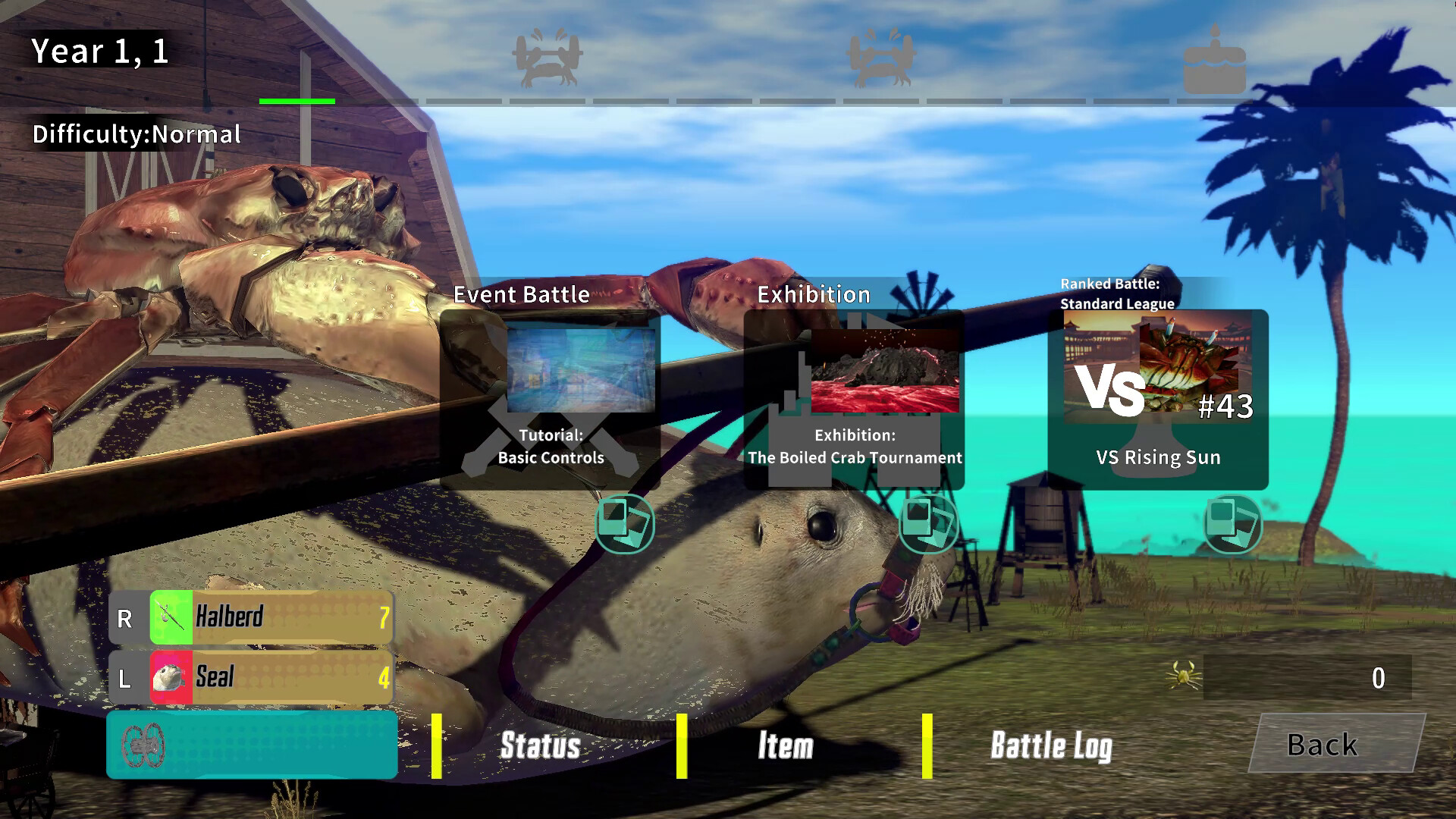
Also, Fight Crab was a fun belt-scrolling kind of game in which you defeat enemies one after another, so I decided to keep this while implementing a 1-on-1 mode similar to the arena in Armored Core. Everyone has different tastes, so you can progress in the game regardless of your main focus. Even after clearing the game, you can play PvP, co-op, or aim for high scores and do time attacks with your strongest crabs. You can also replay the Career mode and try to raise your ranked score, as well as play asynchronously against other crabs in the rankings. This is the game loop I envisioned.
──I’m looking forward to seeing how Fight Crab 2 will evolve during its Early Access period. Thank you for your time.
Fight Crab 2 is currently available in Early Access for the PC (Steam).
Translated by. Amber V (original interview in Japanese can be found on Automaton Japan, our sister site).

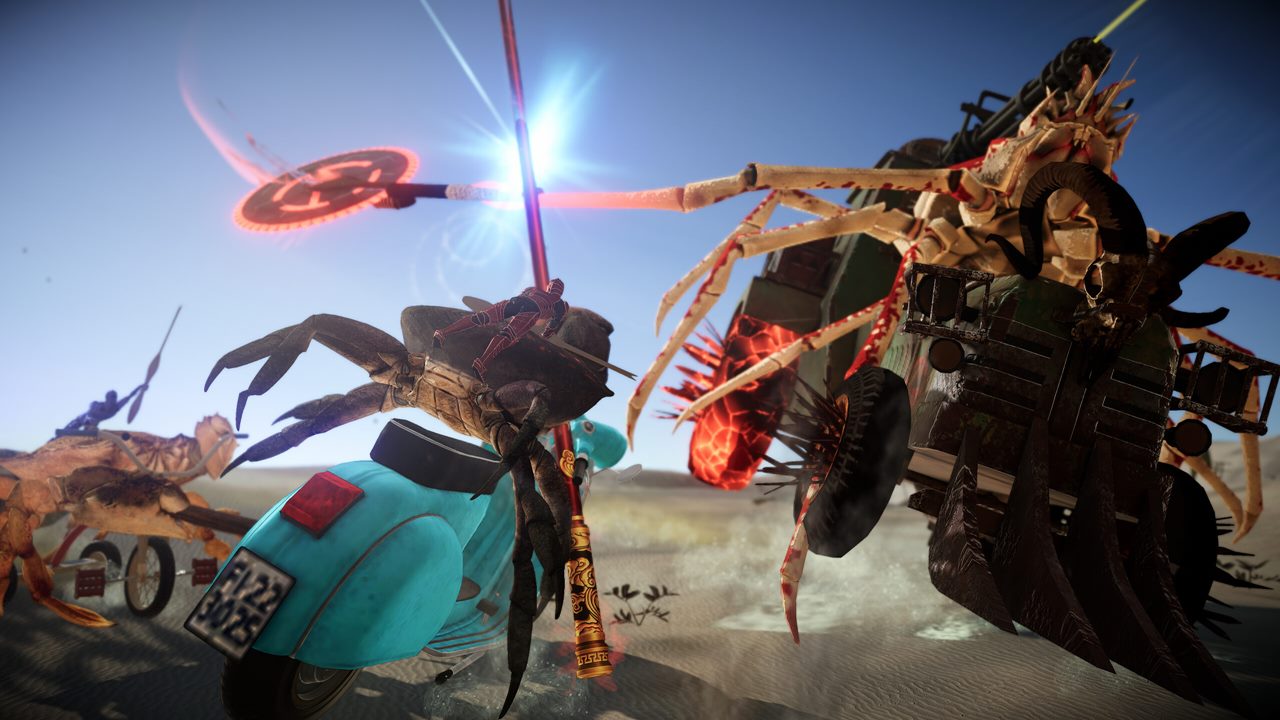



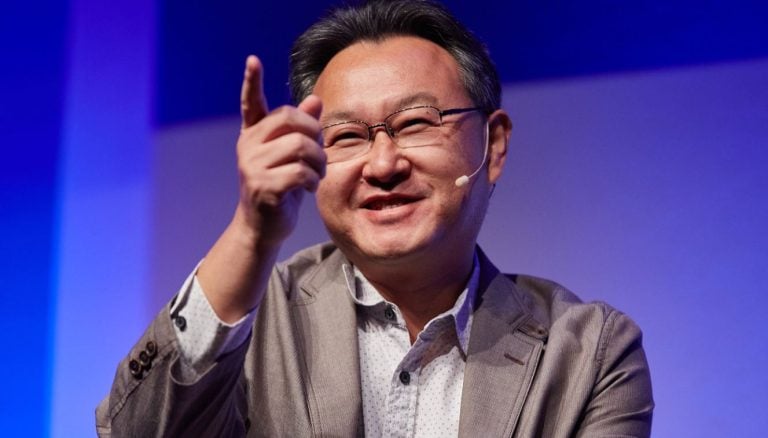
Fascinating. I completely forgot about Robot Alchemic Drive. Games that pushed the boundaries of weird and surreal game design while also trying to experiment with weird mechanics are something I have appreciate so much since the PS2/3DS Era that it feels like a lost art in a world that feels homogenized at times.
But with Fight Crab 2 I am glad that makes a return and I do anticipate to see what happens next. Definitely getting it on Steam.